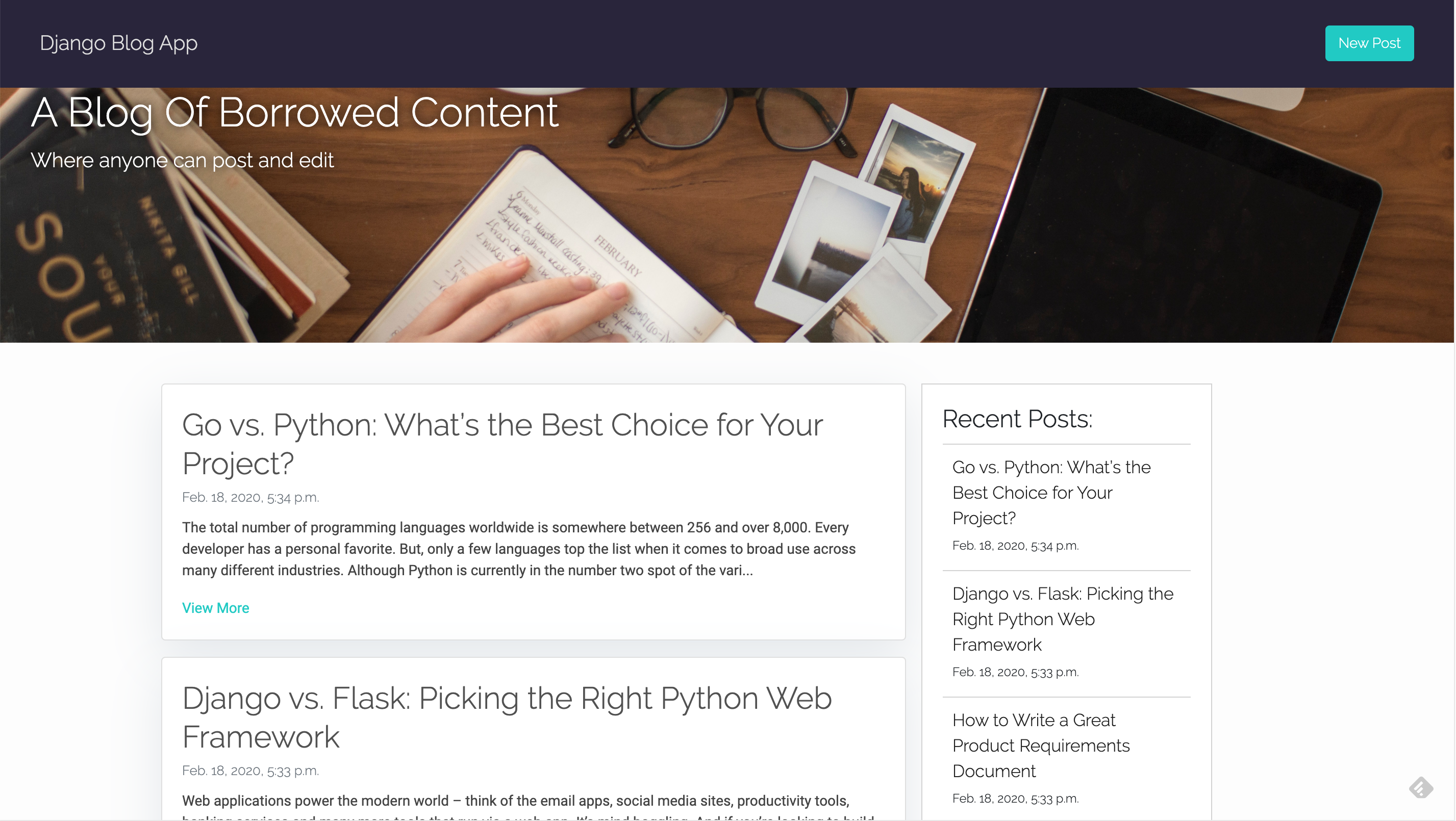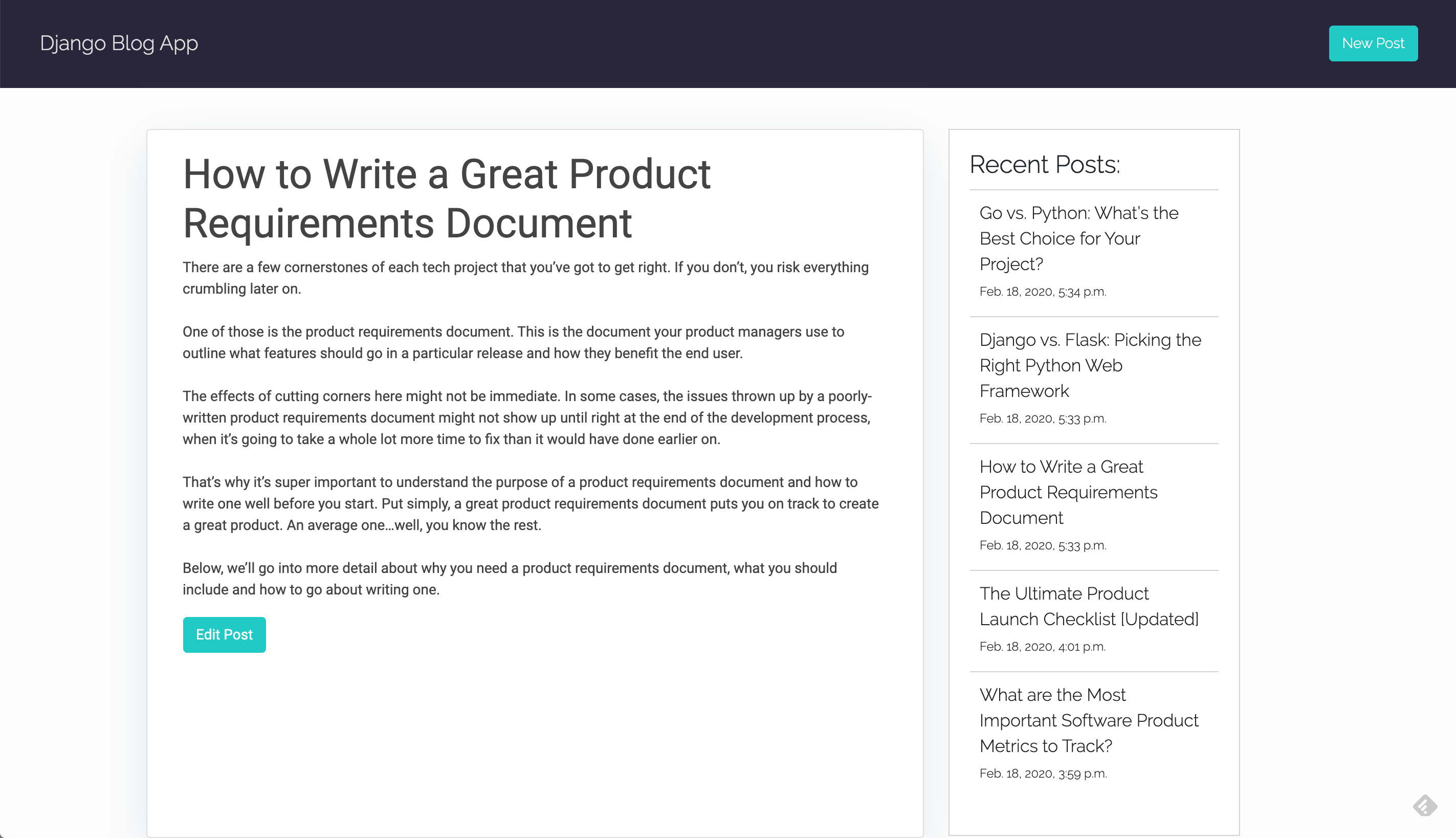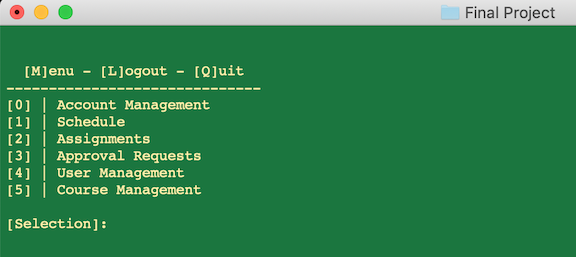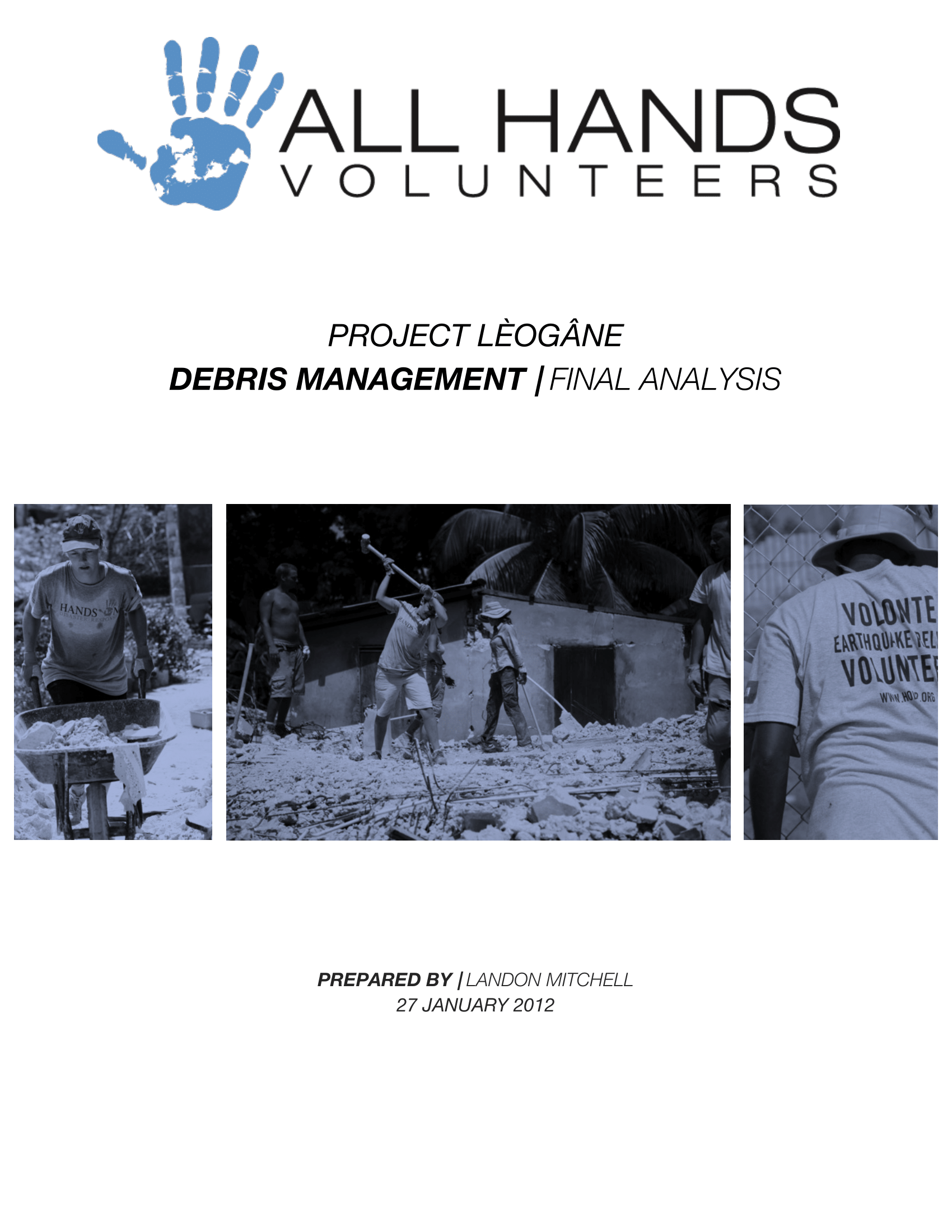Update!
Next Up has just been featured on Lifehacker! Check out the article here.
For more screenshots and up-to-date info about Next Up, check out the Next Up support page.
Summary
Long before I ever considered taking a course in iOS app development, I knew, if I took one, what my final project would be. I wanted to wake up to something less abrasive than alarm sounds and more engaging than music.
I spent hours and hours over the course of months looking for an app that would do one simple thing: allow me to wake up in the morning to a podcast of my choosing. The options I found were scarce and disappointing.
Functionality
I designed Next Up with the intention of creating something clean, intuitive, and well-suited to its particular purpose. It integrates with podcasts already managed in the native Podcasts app and plays in the native Music app.
Each alarm has options to repeat on particular days of the week, play the newest episodes first, only play uneard episodes, choose snooze duration, max volume, and more. This allows it to accomodate for podcasts of all different types, whether daily, weekly, serial, stand-alone, or those dealing with news or current events.


























